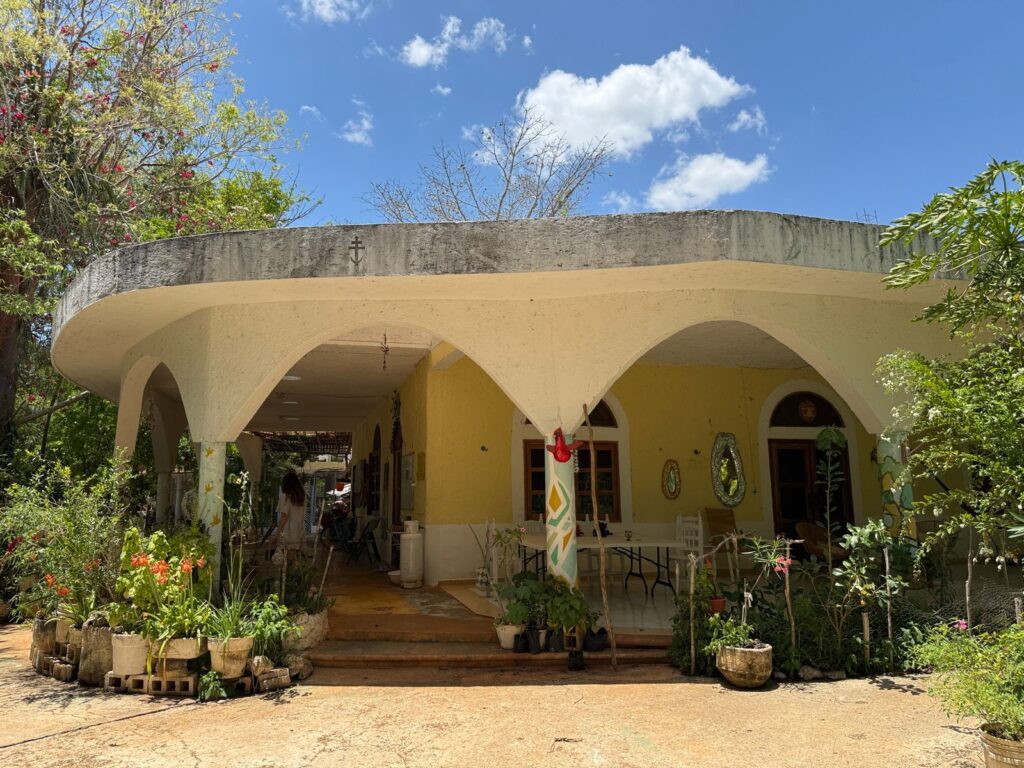
Twenty-five years ago, when Abuelo Antonio Oxte first arrived at the site now called Gardens of the Golden Hummingbird, the landscape was a wasteland—piles of debris left from nearby highway construction, invasive weeds, and a barren surface with little sign of life. Located near Sisbichén, Chemax, in the Yucatán state, the 130-hectare property lay within an ecotone of tropical dry and moist forests—a region classified as medium sub-caducifolia forest containing species such as tsalam (Lysiloma bahamensis), jabín (Piscidia piscipula), caoba (Swietenia macrophylla), and endemic orchids like Vanilla planifolia .
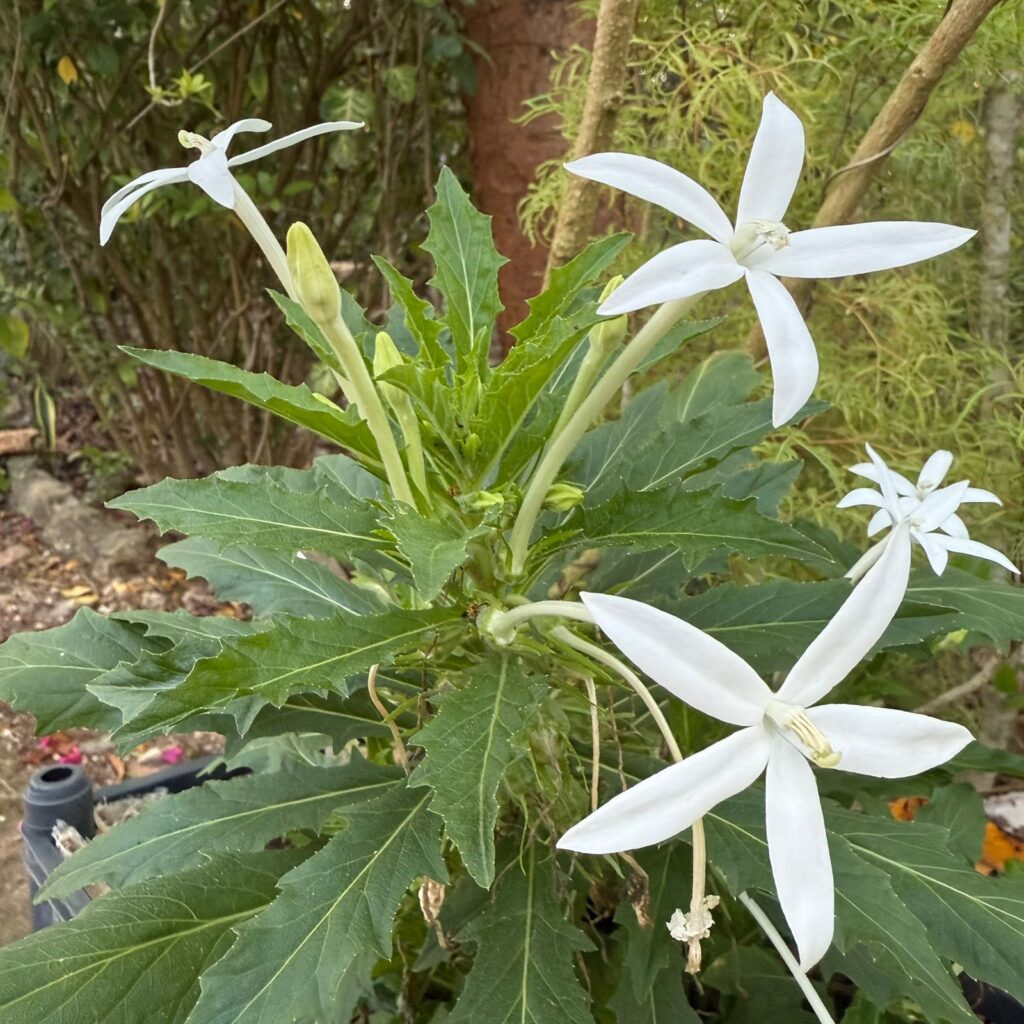
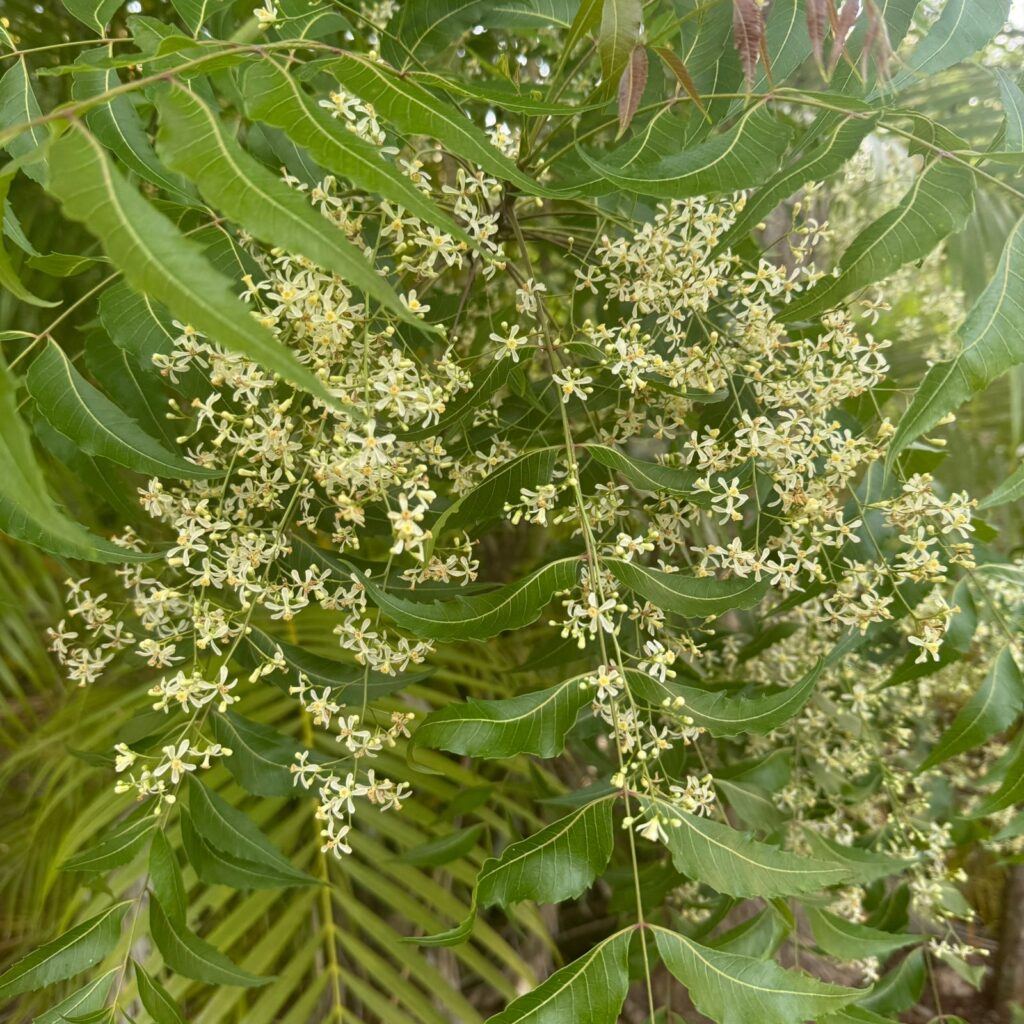
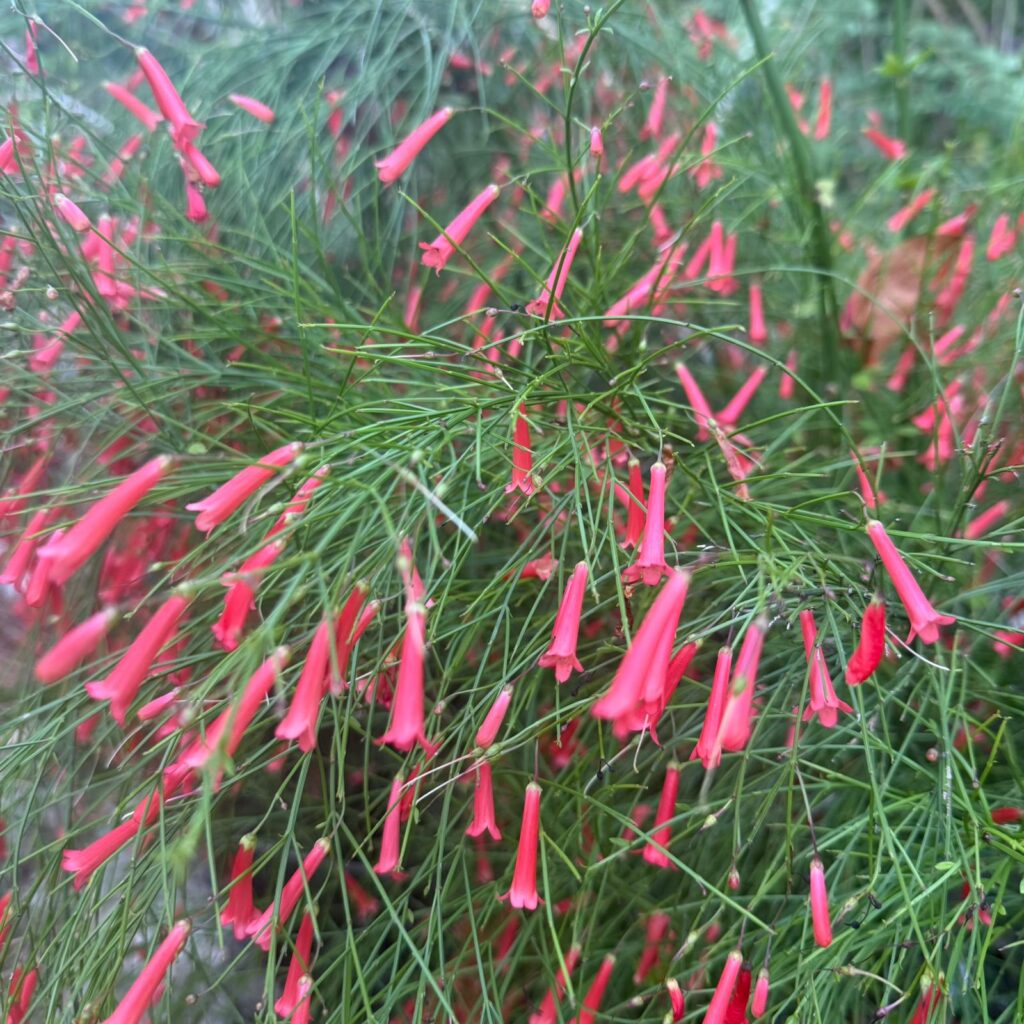
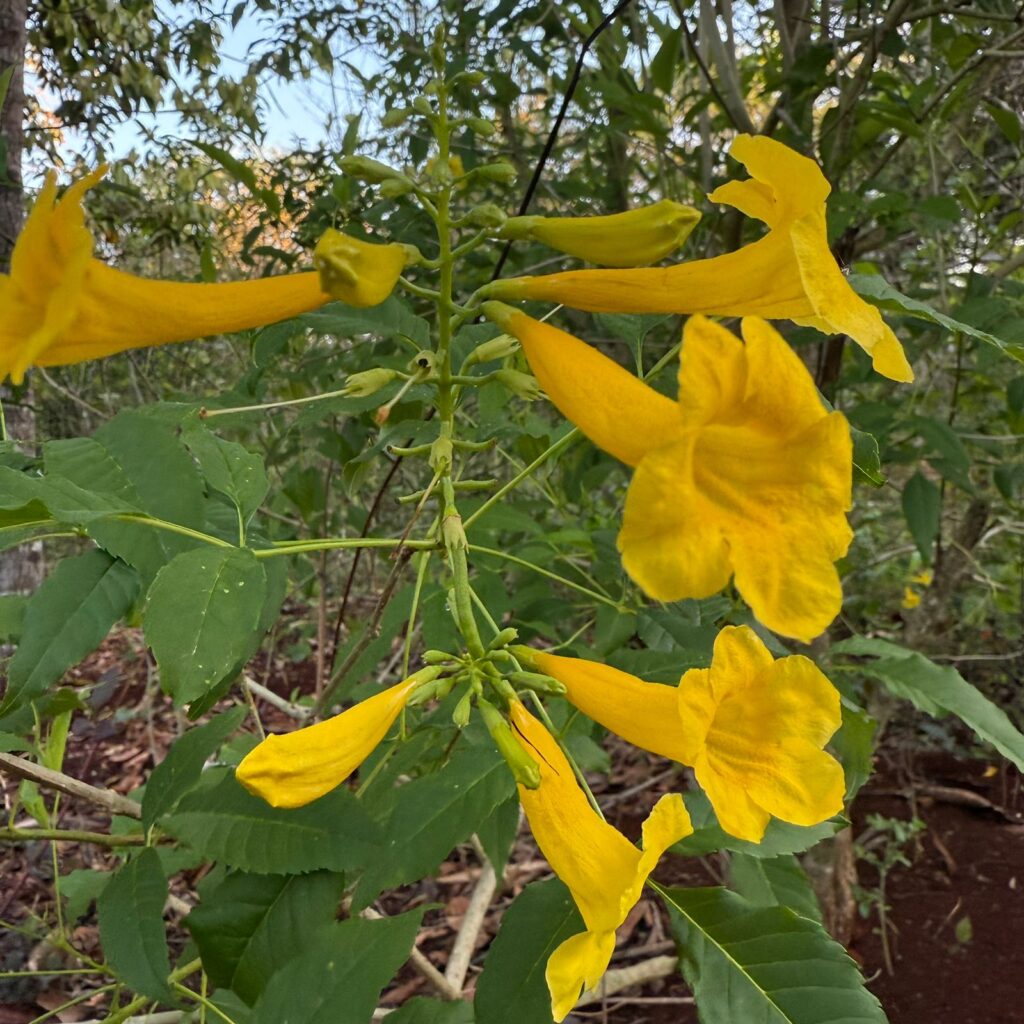
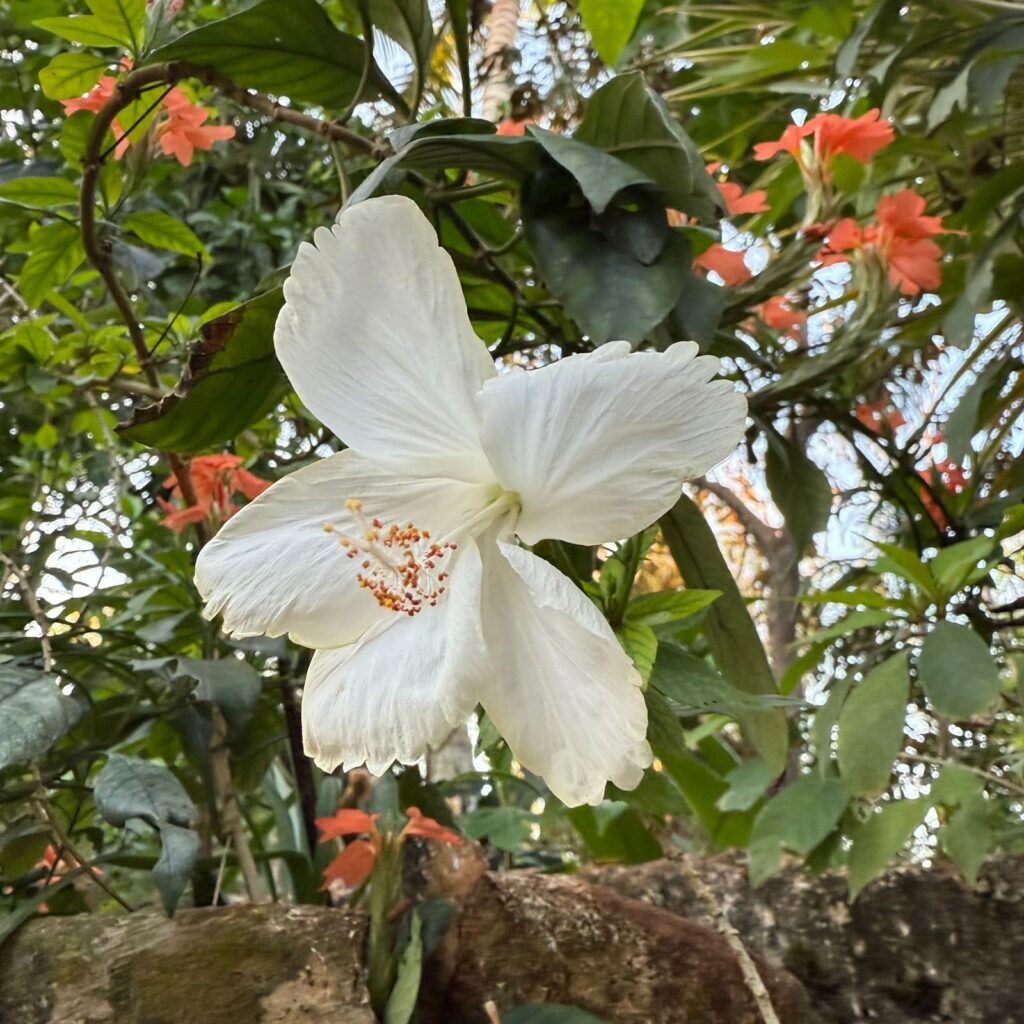
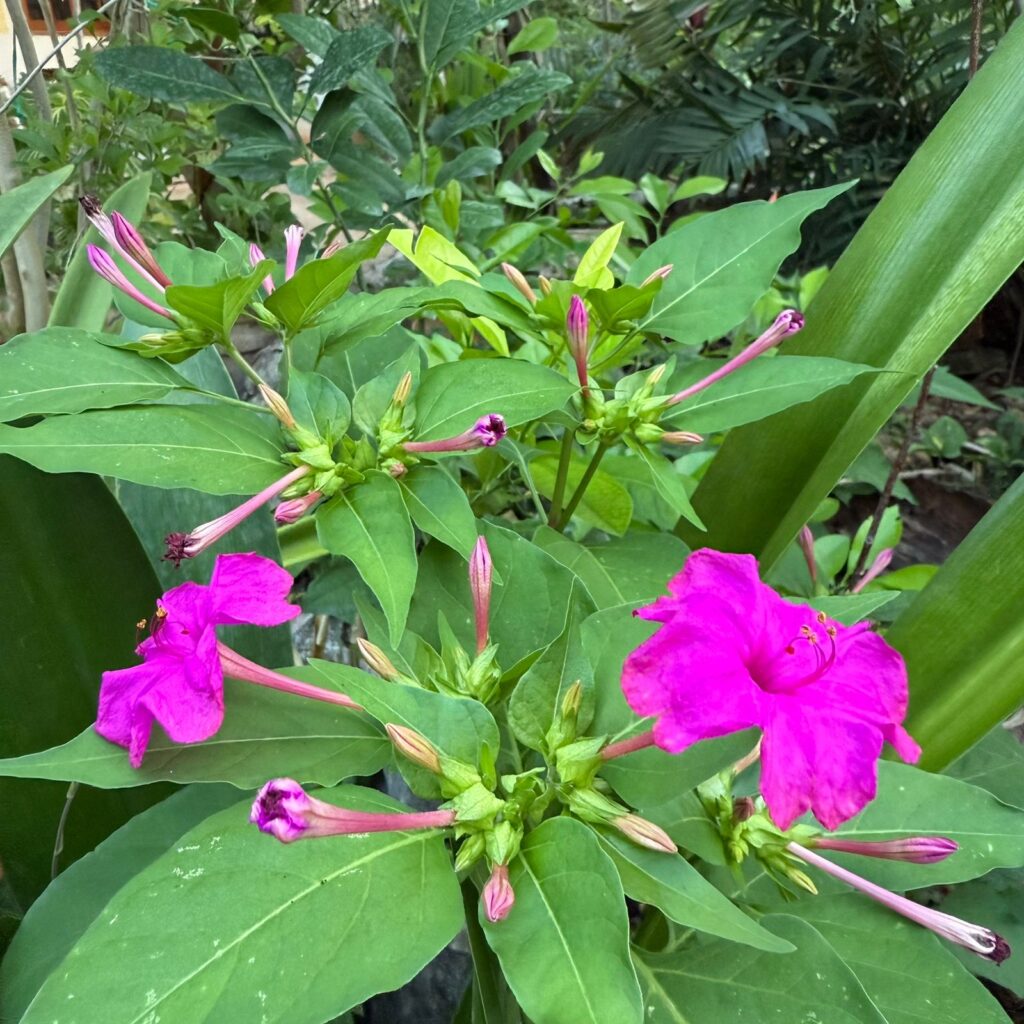
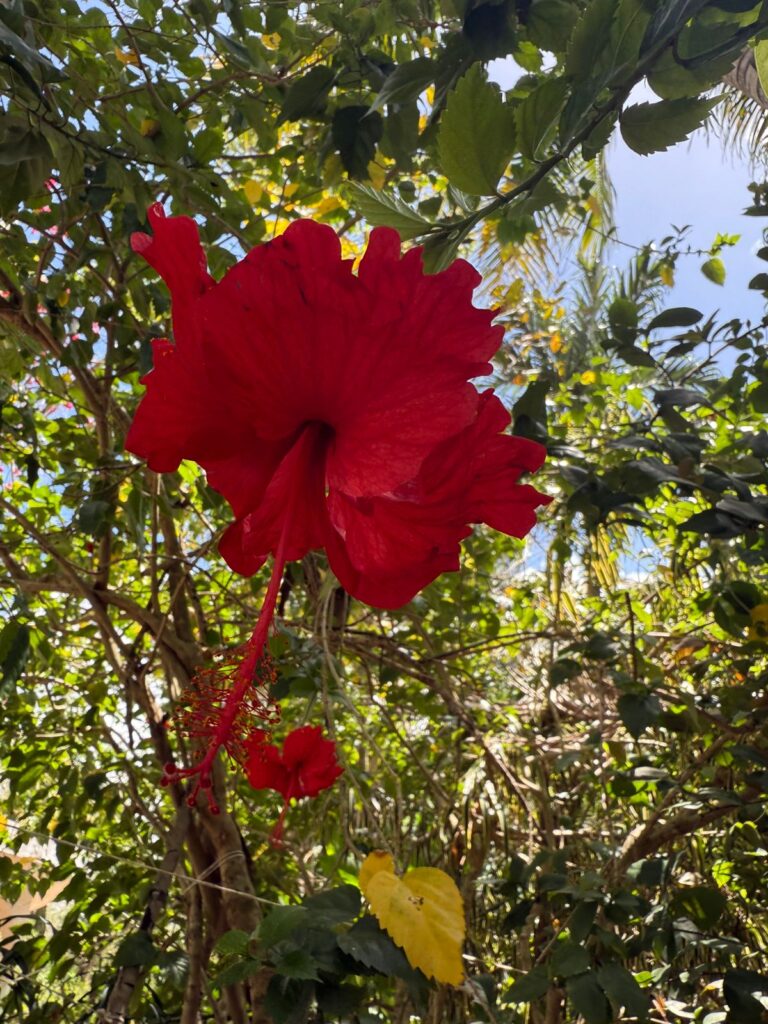
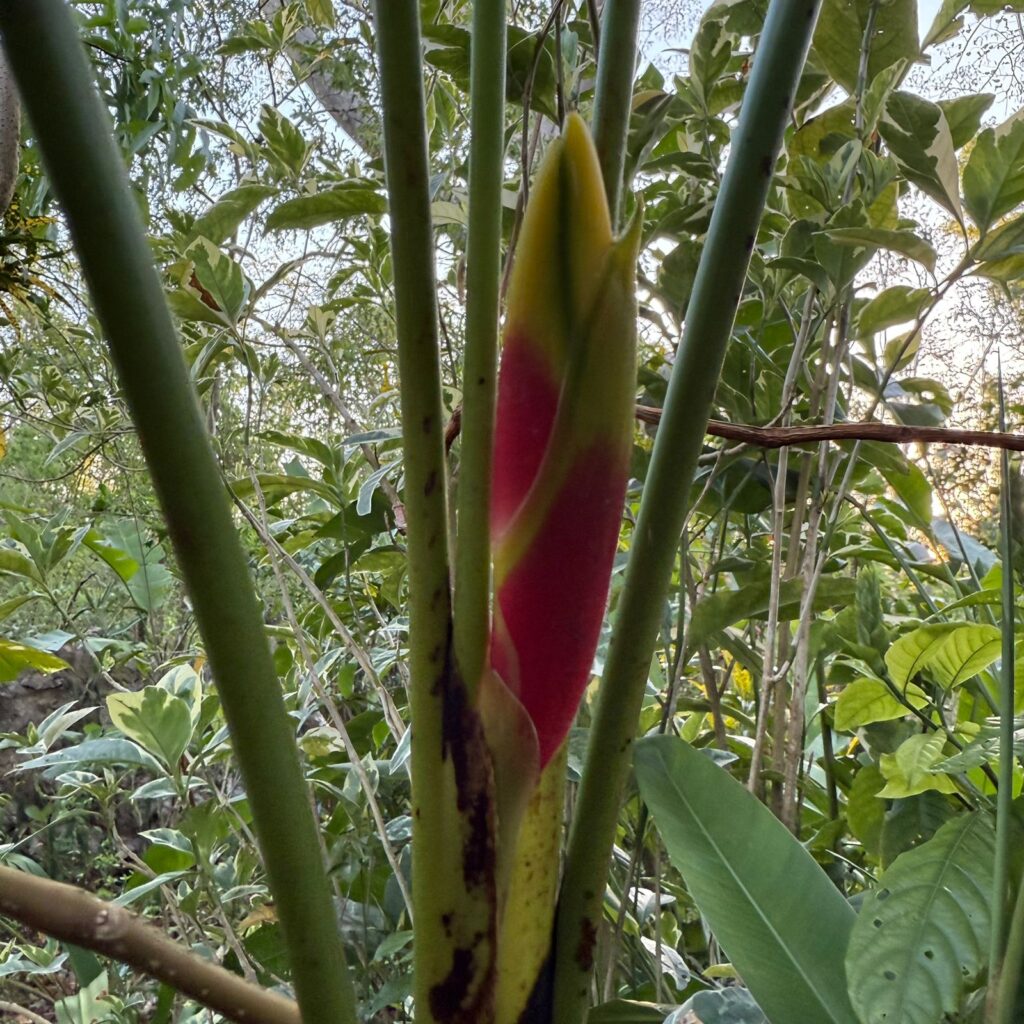
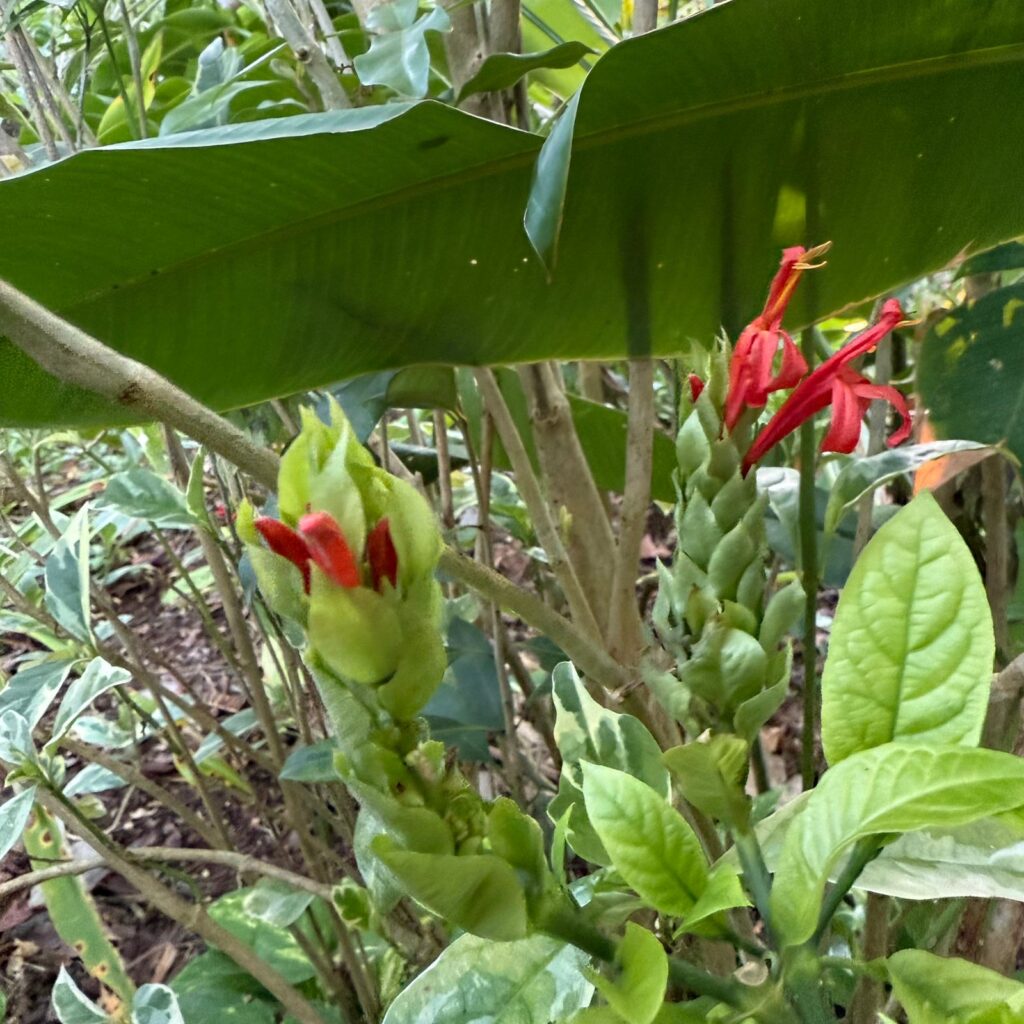
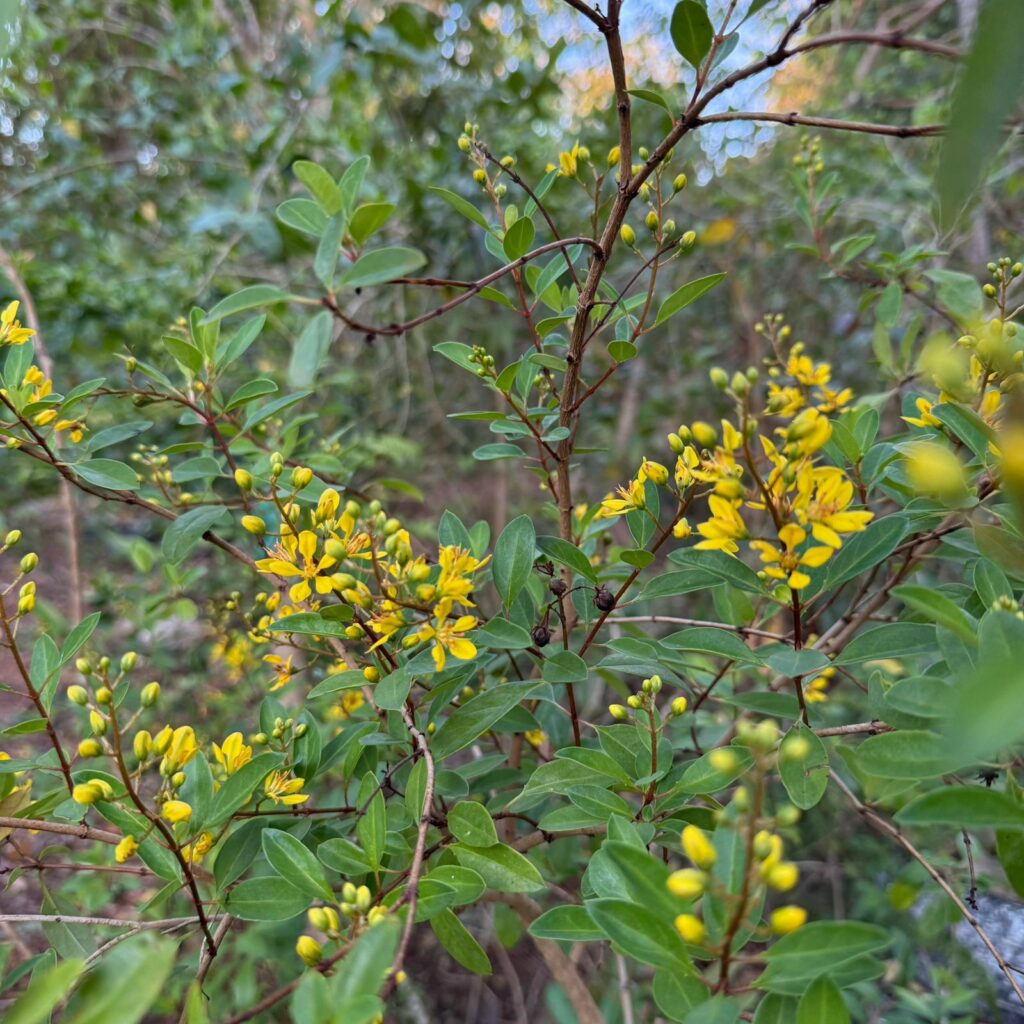
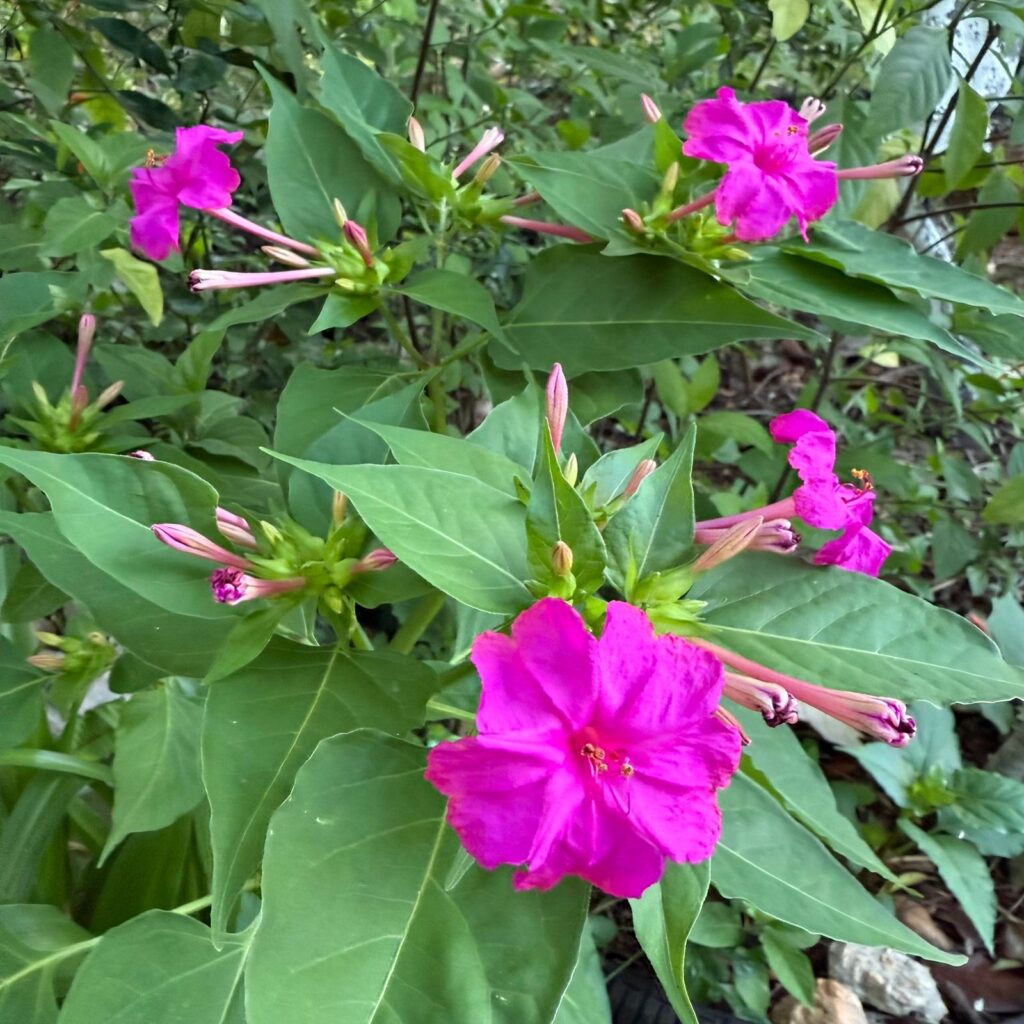
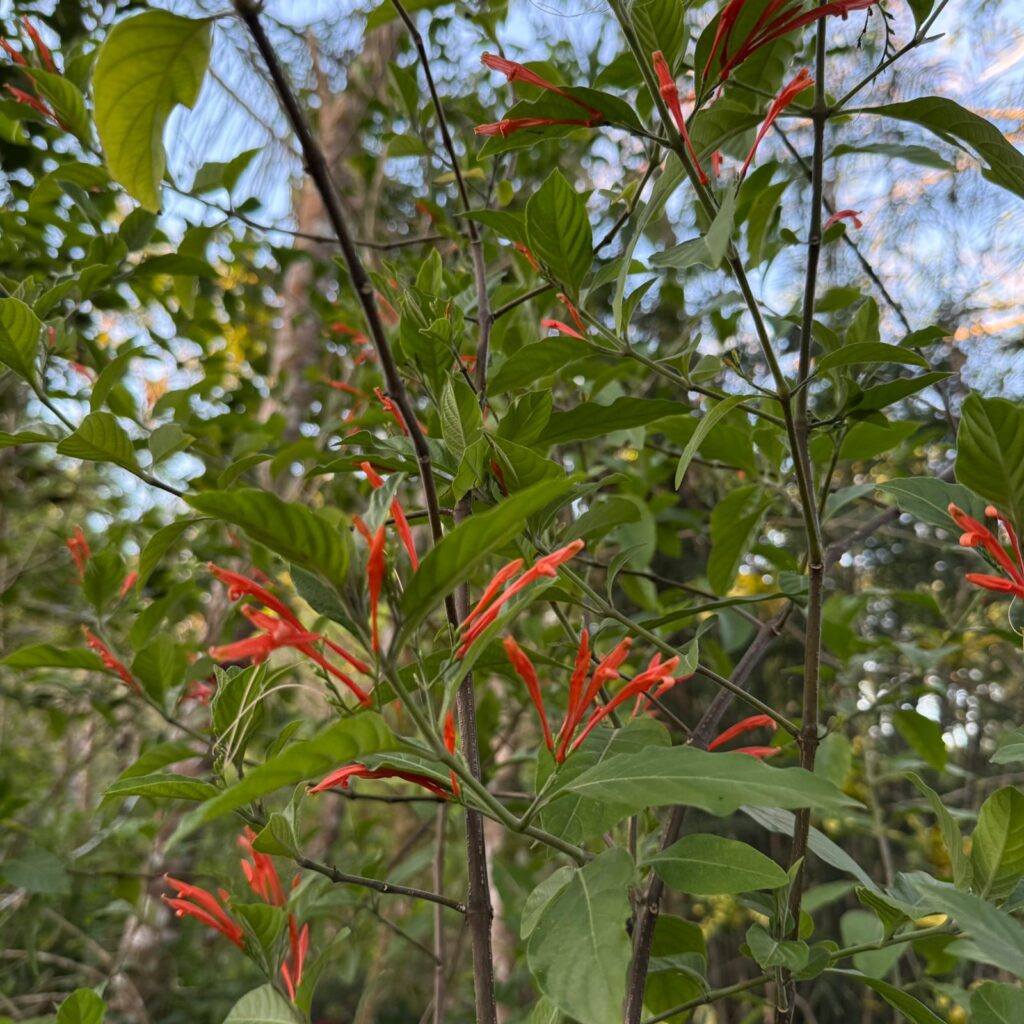
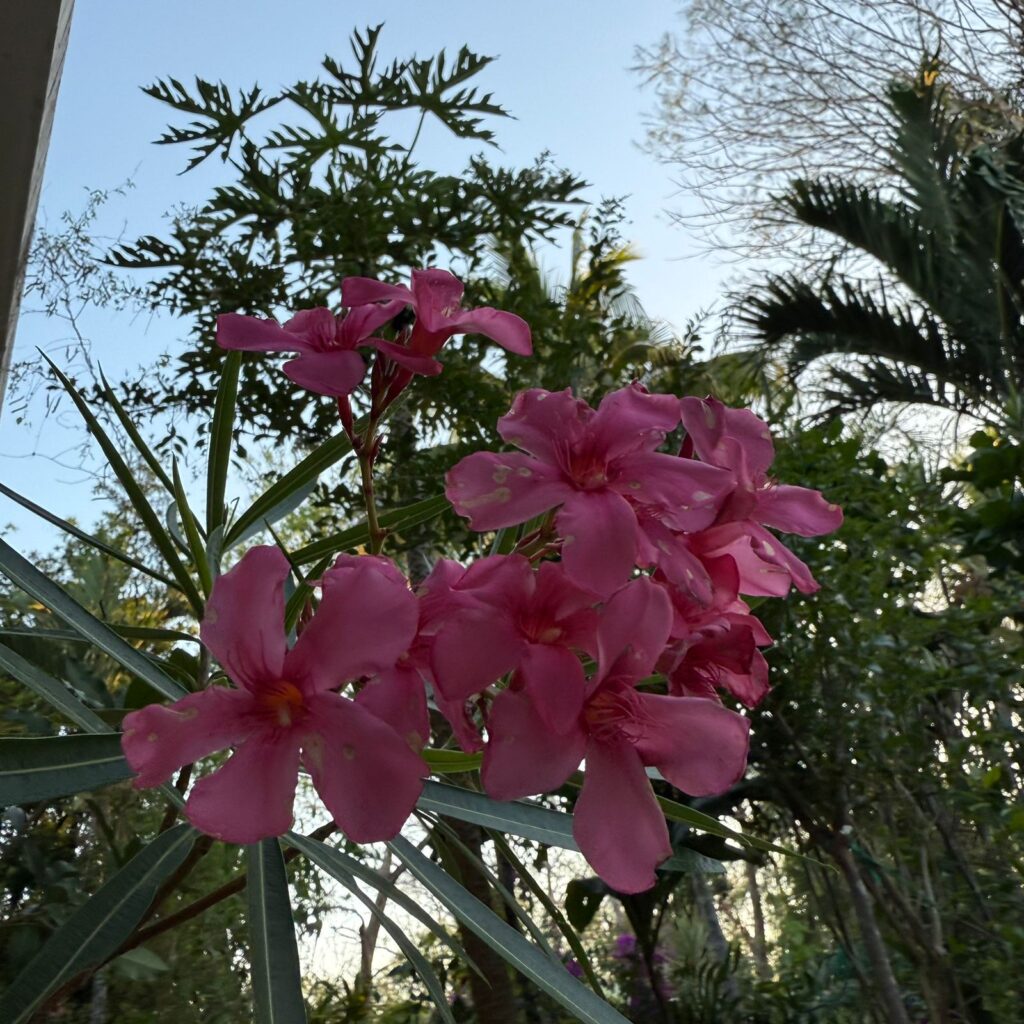
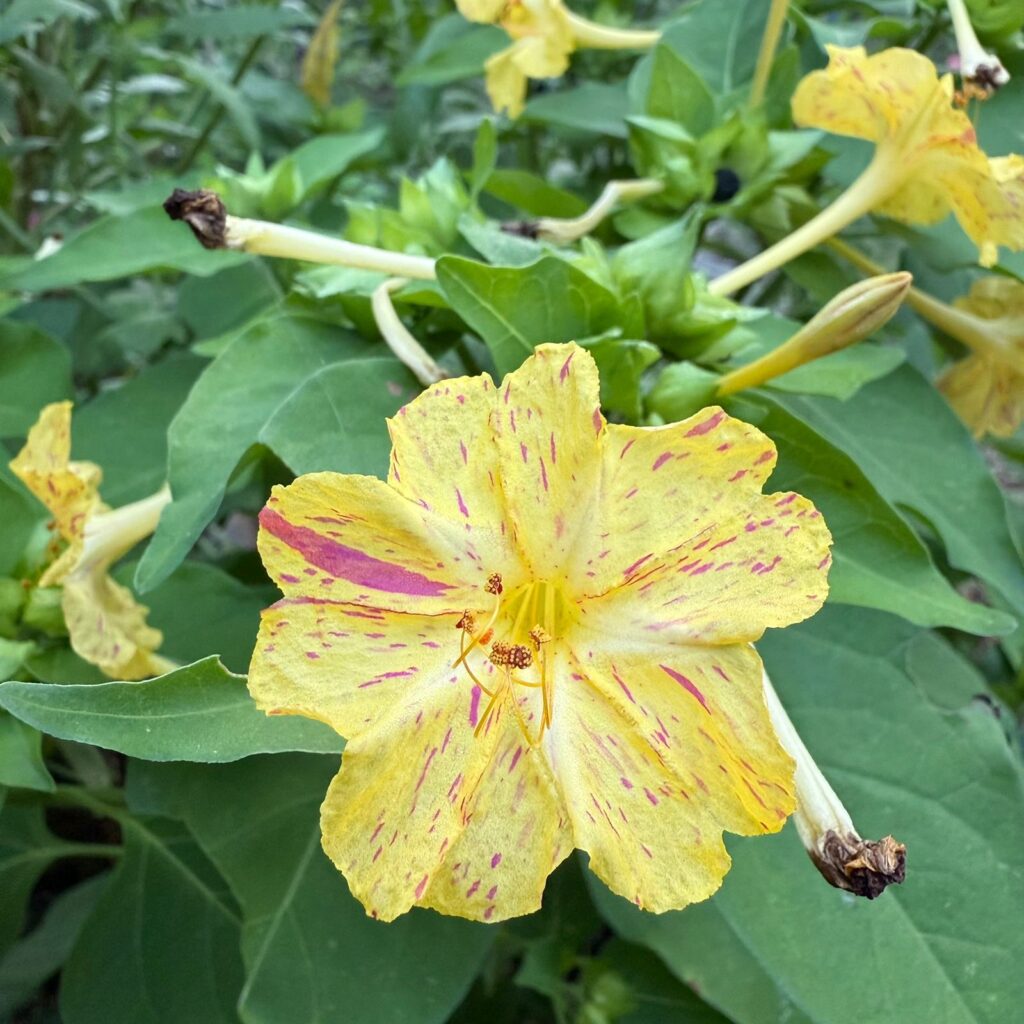
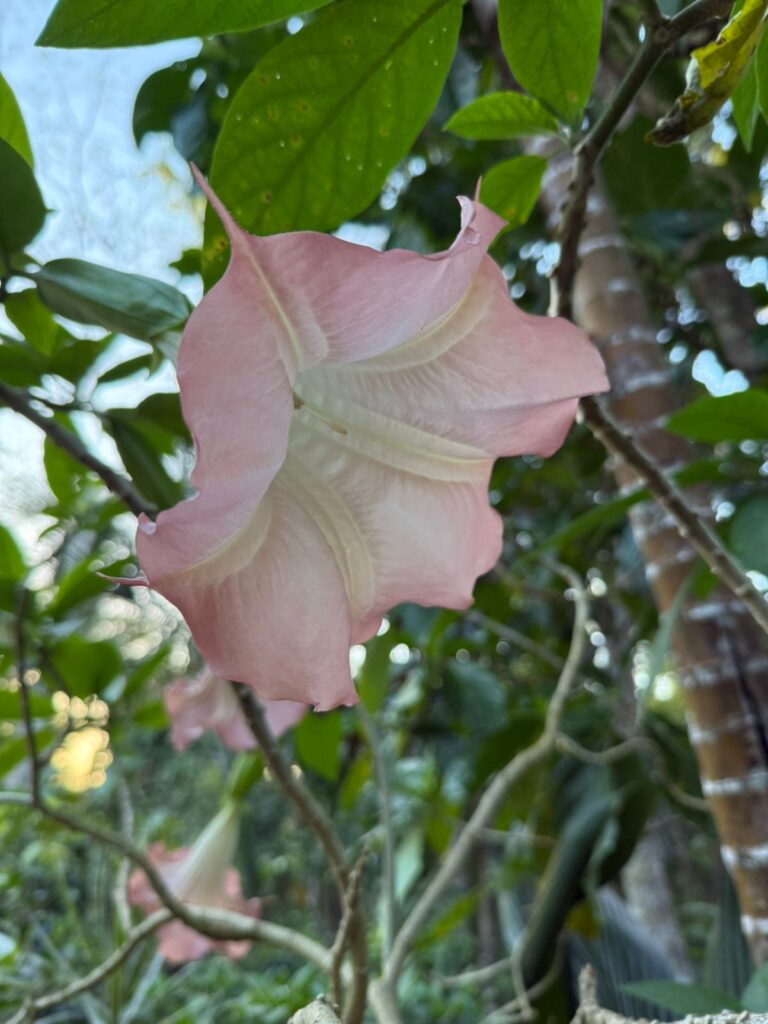

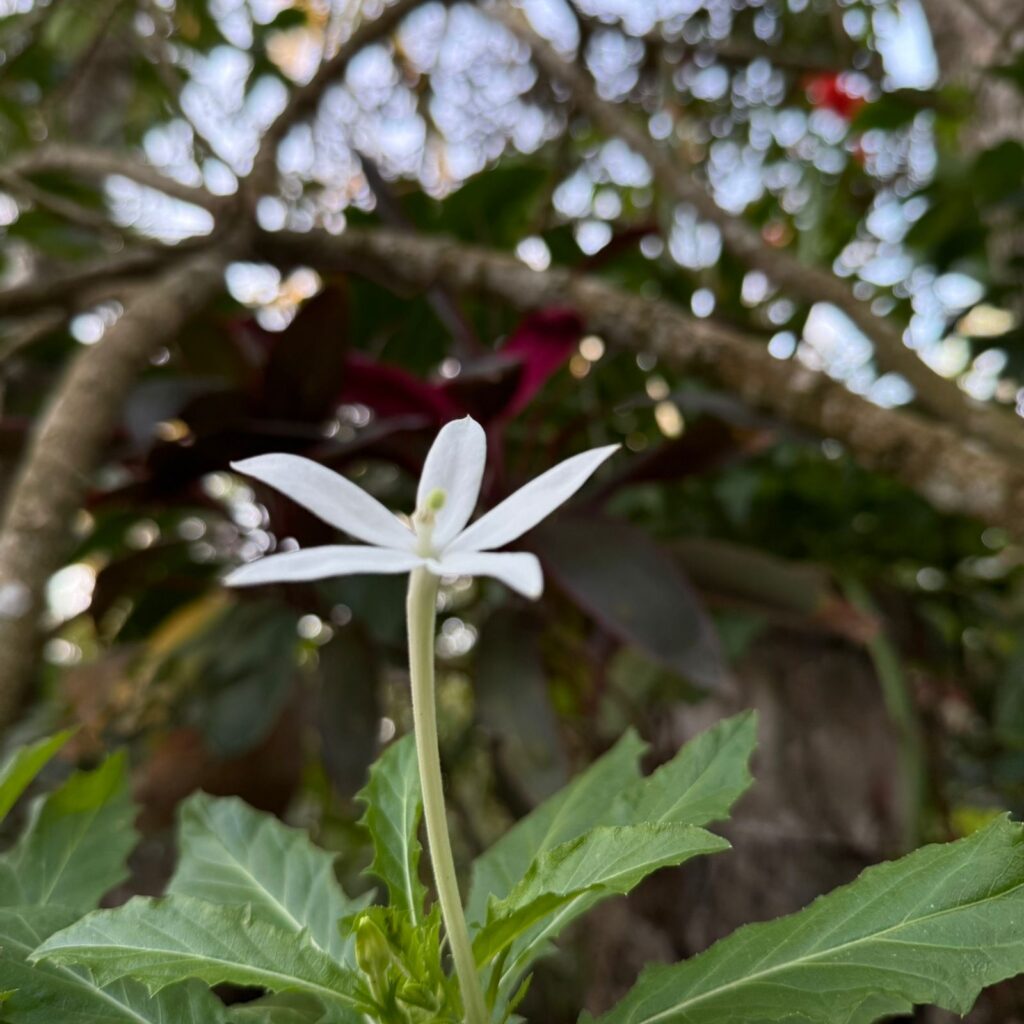
Over decades of dedicated work—often under the sun, seed by seed—Abuelo Antonio, alongside his grandsons, sisters, brothers, and volunteer circle, carefully transformed this fragment of deforestation into a biocultural sanctuary. They planted native trees like ceiba (Ceiba pentandra), ramón (Brosimum alicastrum), and pucté (Bucida buceras), protected young saplings of mahogany and cedar, and introduced useful medicinal and fruit species from across Mesoamerica: sugar apple, papalo (Porophyllum ruderale), canchalagua, and healing ferns like Cyathea bicrenata ().
The property now hosts an impressive biodiversity of Yucatán fauna. Large mammals like white-tailed deer (Odocoileus virginianus), Yucatán spider monkeys (Ateles geoffroyi yucatanensis), and potentially elusive felids—ocelot (Leopardus pardalis) and jaguarundi (Herpailurus yagouaroundi)—have returned to the recovering forest . The birdlife includes Yucatán woodpecker (Melanerpes pygmaeus), ocellated turkey (Meleagris ocellata), and a chorus of parrots, toucans, woodcreepers, and mangrove vireos. Reptiles like iguanas and garter snakes, along with amphibians, occupy the understory. Native insect populations—bees, butterflies, and beetles—flourish amid flowering trees, supporting both pollination and ancestral Mayan medicine practices.
Today, this project—also known as Gardens of the Golden Hummingbird—stands as a living laboratory of Mayan healing, ecological restoration, and intergenerational knowledge transmission. It demonstrates how reforestation can heal cultural and ecological wounds at the same time. This sacred garden integrates ancestral science: it includes medicinal herb pathways aligned with Yucatán lunar and solar rhythms, silent zones for meditation, and zones for vegetarian retreats rooted in the sanctuary’s spiritual integrity.
A large volunteer network continues to support tree planting, seed collection, wildlife monitoring, and maintenance of the two untouched cenotes on the property. Community workshops on orchid cultivation, seed saving, traditional gastronomy, and ancestral storytelling flourish under Abuelo Antonio’s guidance. The garden is not merely a place, but a pedagogical ecosystem—a living Maya Healing Garden where land, ceremony, and spirit interweave.
The property’s reforestation efforts align with wider conservation goals for the Maya Bioregion. Between dry and moist forest zones, these ecosystems store carbon, regulate water, and preserve species under threat. As urban development spreads, this sanctuary offers a refuge for flora and fauna—visible evidence of healing in nature and spiritual practice.
Bibliography & References
- Vegetation of Chemax: medium sub-caducifolia forest with species such as tsalam, jabín, caoba, ramón, pucté
- Fauna of Yucatán moist forests: deer, primates, felids, endemic birds
- Yucatán dry forests and key species: tsalam, jabín, Bursera simaruba, Cedrela mexicana
- Mexican Heritage Garden report on Sisbichén: Vanilla orchid, sugar apple, papalo, fern species, medicinal plants